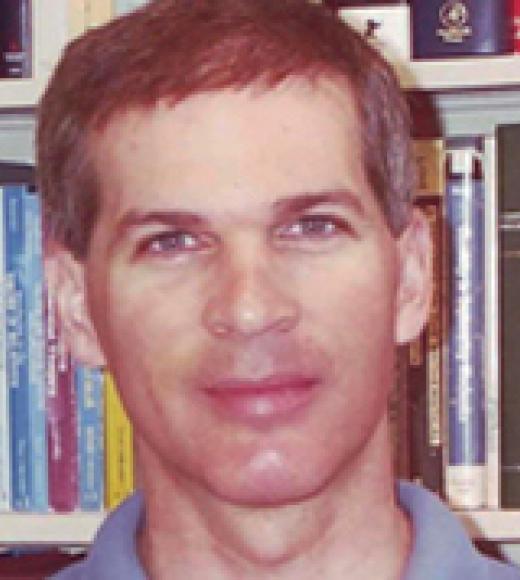
Position Title
Chair, Admissions and Enrollment
Position Title
Chair, Admissions and Enrollment
Bio
Professor Rashid’s research activities fall into the broad disciplines of solid mechanics and computational methods. Current focus areas include:
- Fracture mechanics modeling. The Exclusion Region theory of fracture, first published in 1997 by Prof. Rashid, constitutes a general theoretical framework for surface separation – i.e. fracture – in solid continua. Unlike classical approaches to fracture, the ER theory places no restrictions on the nature of the bulk constitutive behavior, nor on the crack trajectory. The ER theory is essentially a broadened constitutive formalism that applies in the near-tip region, and which admits the kinematics of surface separation. In the ER theory, the fracture behavior itself, as distinct from the bulk material response, is the subject of a separate constitutive specification, in the form of a “separation function.” Recent activities include calibration of the separation function for a number of ductile metals, and computational studies of non-self-similar ductile crack growth near functionally graded interfaces in elastic-plastic materials.
- Computational fracture mechanics. To support the technological application of the ER theory, a nonlinear, quasistatic, finite-element-based computational capability has been synthesized. The code, called FEFRAC, has matured into a robust and flexible analysis tool for elastic-plastic fracture mechanics studies. The code contains a number of innovative features, including a “moving mesh patch” construct which allows for arbitrary (and a priori unknown) crack paths, and a highly effective iterative scheme which simultaneously enforces both equilibrium and the separation criterion.
- The Variable-Element-Topology Finite Element Method (VETFEM). The VETFEM is a general-purpose finite element method in which each element is free to take essentially any polygonal (polyhedral in 3D) shape. The VETFEM retains all of the powerful features of the conventional FEM, while exhibiting the additional advantage that automatic mesh generation is enormously simplified.
- Blast loading / fluid-structure interaction. Current work involves use of a novel incompatible-embedded-mesh method in which inter-mesh compatibility is enforced in a variationally consistent manner. This allows the fluid and solid meshes to be constructed independently of each other, thereby greatly reducing the burden associated with carrying out the analysis.
- MEMS devices. Of particular interest are nonlinear thermomechanical and electromechanical phenomena, such as buckling and snap-through. In collaborative work with Professor Rosemary Smith (Univ. of Maine Electrical Engineering), a bistable device has been analyzed in which buckling is used to provide an irreversible indication of a specified temperature excursion.